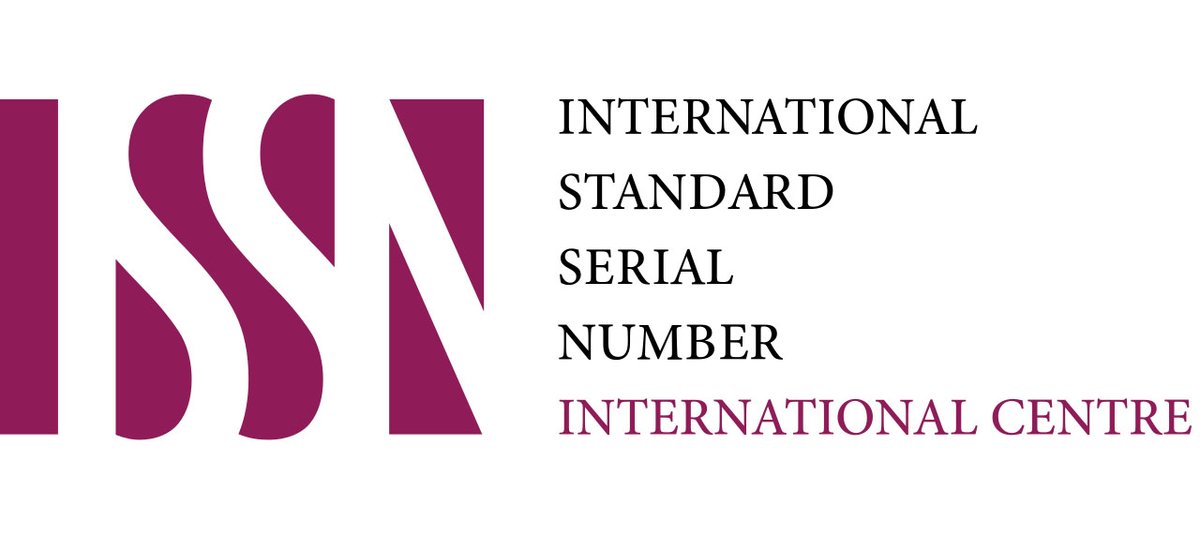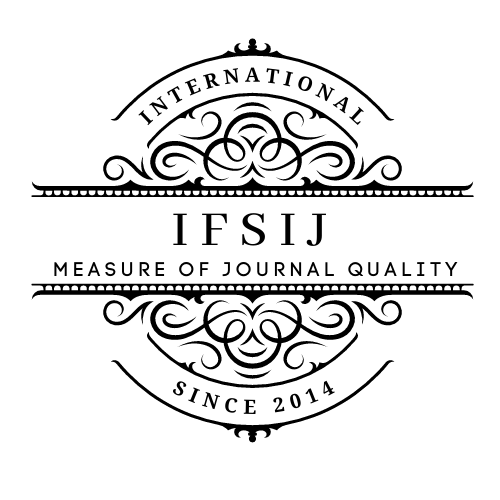ROVING WASTE IN TEXTILE MANUFACTURING: GENERATION, MANAGEMENT, AND SUSTAINABLE SOLUTIONS
Keywords:
Roving waste, textile manufacturing, waste minimization, recycling technologies, circular economy, sustainable production, spinning process, waste audit.Abstract
Roving waste constitutes a significant yet understudied stream of solid waste within the yarn manufacturing sector, impacting both economic efficiency and environmental sustainability. This study employs a mixed-methods approach to quantify roving waste generation and evaluate the efficacy of various mitigation strategies. A comprehensive waste audit was conducted over a six-month period at three large-scale spinning mills, analyzing waste from different machine types and production stages. The results indicate that roving waste accounts for approximately 3.5-5.2% of total production volume, with primary causes attributed to mechanical inefficiencies (42%), operator handling errors (31%), and raw material variability (27%). Furthermore, the implementation of an integrated waste management protocol, combining machine calibration, operator training, and in-process recycling, demonstrated a 47% reduction in waste generation and a projected annual cost saving of $18.50 per metric ton of production. The findings underscore the critical importance of proactive waste management strategies in enhancing the circularity and profitability of textile manufacturing operations.
Downloads
Published
Issue
Section
License

This work is licensed under a Creative Commons Attribution-NonCommercial-NoDerivatives 4.0 International License.















